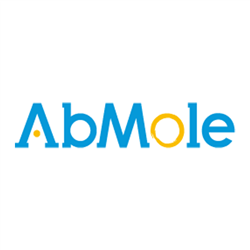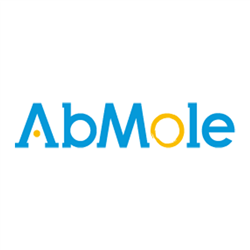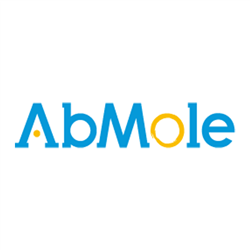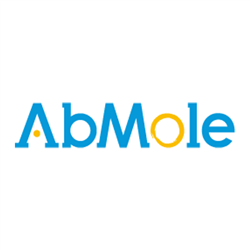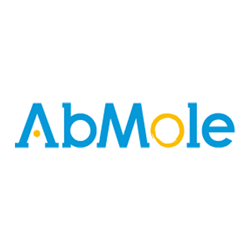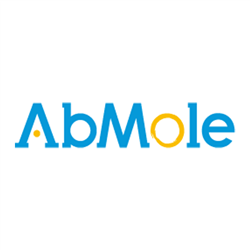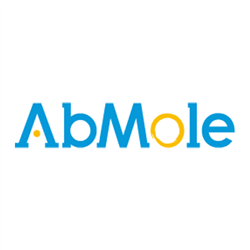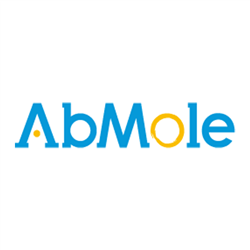Chemical
- Instrumentos
- Agitadores / Agit. Incubadores
- Orbitales
- Con Incubación
- Incubadores Gran Capacidad
- Lineales, Balanceo y 3D
- Incubadores Microplacas
- Para colocar en estufa
- Magnéticos
- Mezcladores /Roller /Rotatorios
- Agitadores de Paletas
- Jeio Tech Accesorios para Agitadores
- Benchmark Accesorios para Agitadores
- N-Biotek Accesorios para Agitadores
- Biosan Accesorios para Agitadores
- Labnet Int. Accesorios para Agitadores
- Vórtex
- Analisis Imagen, animales, plantas, geles
- Balanzas
- Baños Termostáticos
- Cabinas Flujo / Extraccion gases / PCR
- Centrifugas
- Detectores de Radioactividad
- Electroforesis
- Electroquímica
- Equipos Microplacas
- Espectrofotometros
- Experimentacion Animal
- Hornos de Hibridacion
- Homogeneizadores
- Estufas / Equipos calor, frio
- Luminómetros de Tubos
- Microbiologia
- Pipetas / Dispensadores
- Pipetas Labnet Int. Monocanales Automaticos
- Pipetas HTL Monocanales Automáticas
- Pipeta Accumax Mono y Multicanales
- Pipetas Labnet Int. Multicanales
- Pipetas HTL Multicanales
- Pipetas Volumen Fijo
- Pipetas Electrónicas
- Dispensadores
- Dispensadores de Botella
- Pipetas Biosan Monocanales
- Pipetas Biosan Multicanales
- PCR / Tiempo Real (qPCR)l / Cicladores
- QPCR, Sistemas automaticos
- Sonicadores / Ultrasonidos
- Ultracongeladores
- Bombas Jeringa / Vacio / Osmoticas
- Ultracentrífugas
- Micro Array label free
- Contadores de Células
- Contenedores Criogenicos
- Producción agua ultrapura
- Electrospinning
- Agitadores / Agit. Incubadores
- Reactivos
- Consumibles
- Catálogos PDF
Chemical Hay 28543 productos.
Uridine 5'-diphosphoglucose disodium salt
Uridine 5'-diphosphoglucose disodium salt is an agonist of the P2Y14 receptor, with EC50 of 0.35 μM. Uridine 5′-diphosphoglucose disodium salt (UDP-Glucose sodium salt) can also bind to and activate GPR17, inducing oligodendrocyte differentiation at a maximal concentration of 100 μM.
Motixafortide (BL-8040)
Motixafortide (BL-8040, BKT140) is a synthetic cyclic peptide consisting of 14 amino acids and is an antagonist of CXCR4 with an IC50 value of approximately 1 nM.Motixafortide (BL-8040) is an antagonist of CXCR4 with an IC50 value of approximately 1 nM.
Motixafortide (BL-8040)
Motixafortide (BL-8040, BKT140) is a synthetic cyclic peptide consisting of 14 amino acids and is an antagonist of CXCR4 with an IC50 value of approximately 1 nM.Motixafortide (BL-8040) is an antagonist of CXCR4 with an IC50 value of approximately 1 nM.
PROTAC SGK3 degrader-1
PROTAC SGK3 degrader-1 (SGK3-PROTAC1) is a potent SGK3 degrader, it is a PROTAC conjugate of the 308-R SGK inhibitor with the VH032 VHL binding ligand, targeting SGK3.
PROTAC SGK3 degrader-1
PROTAC SGK3 degrader-1 (SGK3-PROTAC1) is a potent SGK3 degrader, it is a PROTAC conjugate of the 308-R SGK inhibitor with the VH032 VHL binding ligand, targeting SGK3.
DIMBOA
DIMBOA is a powerful antibiotic present in maize, wheat, and related grasses, possess growth inhibitory properties against many strains of studied bacteria and fungi, such as Staphylococcus aureus, Escherichia coli as well as against Saccharomyces cerevisiae. DIMBOA inhibits the biosynthesis and accumulation of toxic trichothecenes by affecting the...
O-Acetyl-L-carnitine hydrochloride
O-Acetyl-L-carnitine hydrochloride is an acetic acid ester of CARNITINE that facilitates movement of ACETYL COA into the matrices of mammalian MITOCHONDRIA during the oxidation of FATTY ACIDS.
Methoxyamine HCl
Methoxyamine is an orally bioavailable small molecule inhibitor with potential adjuvant activity. Methoxyamine covalently binds to apurinic/apyrimidinic (AP) DNA damage sites and inhibits base excision repair (BER), which may result in an increase in DNA strand breaks and apoptosis.

